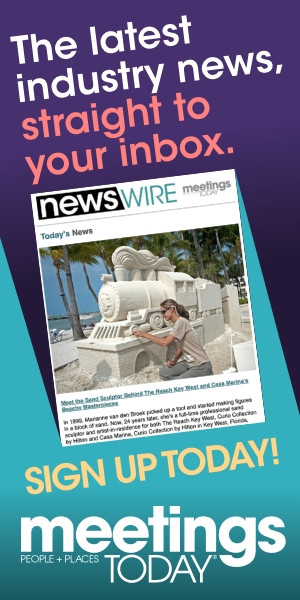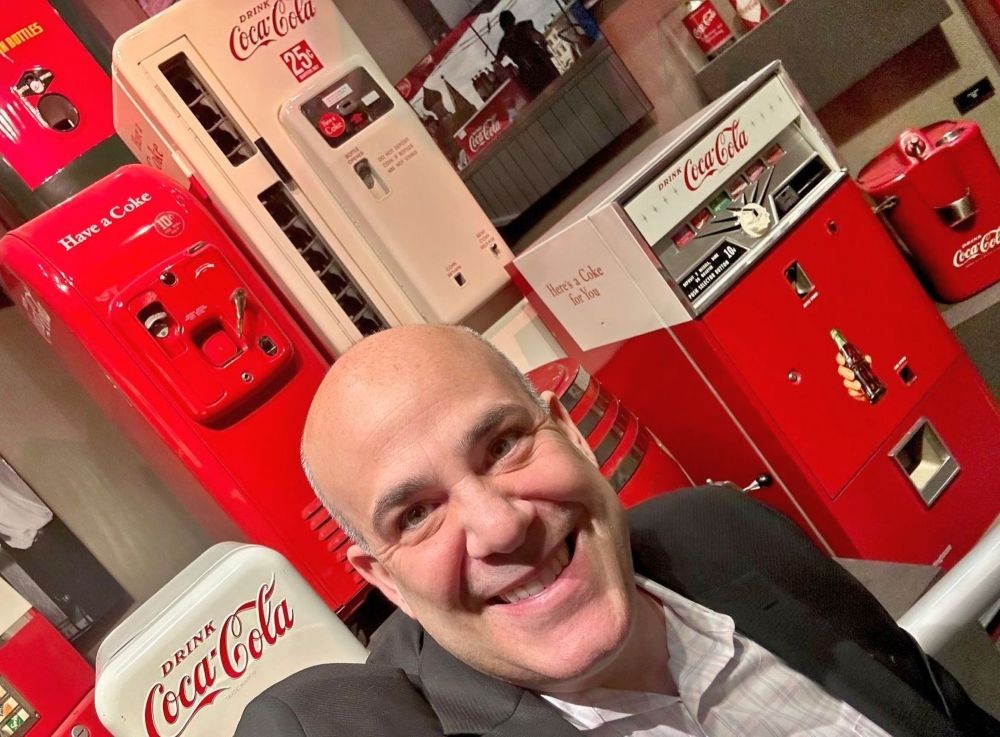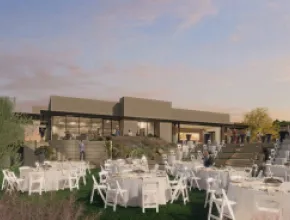Having given keynote speeches and training workshops for over 25 years, it’s clear to me that audiences prefer more interactive, engaging and conversational event experiences.
Like we reveal in our new book Steinberg’s Guide to Creating Competitive Advantage and training games like What’s the Future of Finance? and Insurance? though, creating more entertaining programming doesn’t have to be time-consuming, expensive or difficult.
Here are 10 ways to tweak conference formats and sessions to better capture and engage audiences’ attention.
More Meetings Today Checklists
1. Build Hands-On Experiences
Rather than breakout sessions, implement dynamic learning laboratories where participants rotate through different engagement formats within the same time block. Start with a brief expert presentation (15 minutes), then move to small group problem-solving (20 minutes) followed by cross-group solution-sharing (15 minutes). Conclude with individual action planning (10 minutes). For added impact, have roaming experts move between groups to provide guidance and insights.
2. Introduce Hackathon Challenges
Organize participants into cross-functional teams to solve real industry challenges provided by sponsoring companies or drawn from participant submissions. Teams work through structured innovation processes such as problem definition, ideation, rapid prototyping and pitch preparation. As a twist, you might also introduce industry experts as mentors who rotate between teams offering guidance. Culminate in a solution showcase where teams present their innovations to judges and peers.
3. Focus on Experiential Learning
Offer immersive learning experiences that combine physical and digital elements to engage multiple senses and create memorable learning moments. For example, you might create innovation stations where participants can physically interact with new technologies while simultaneously engaging with expert explanations and peer discussions. It helps to feature hands-on demonstrations, simulation exercises and real-time problem-solving challenges.
[Related: How to Stay Relevant With an Evolving Workforce]
4. Turbo-Charge Expert Roundtables
You can reimagine traditional roundtable discussions by adding dynamic elements and structured interaction patterns. It helps to start each round with an expert sharing a provocative insight or challenge (5 minutes), followed by structured table discussion– then rotate experts between tables every 20 minutes, ensuring that participants gain multiple perspectives. You’ll want to end each round with tables creating visual summaries of key insights to share with the larger group.
5. Leverage Real-World Case Studies
Meeting planners can transform traditional presentations into immersive problem-solving experiences by presenting real business scenarios to tackle. Participants work in teams to analyze information, make decisions and deal with unexpected developments that you can introduce every five to ten minutes. We recommend adding role-playing elements where participants must navigate stakeholder interactions or surprise twists of fate.
6. Promote Collaborative Problem-Solving
Introduce intensive working sessions where participants collaborate to solve specific business challenges. Begin with clear problem definition and expected outcomes. Use design-thinking methodologies to guide teams through problem exploration, solution ideation and implementation planning. Include industry experts who can provide real-time feedback and guidance. Create digital repositories for solutions and frameworks that participants can access after the event.
[Related: 10 Tips for Using AI to Radically Improve Meetings and Events Tasks]
7. Build a Brain Trust
Include exclusive small group sessions where senior executives can engage in deep, confidential discussions about strategic challenges. Structure these as 90-minute sessions with no more than eight participants led by an expert facilitator. Begin with each executive sharing their most pressing challenge (three minutes each), followed by structured peer consultation.
8. Try Reverse Mentoring
Facilitate structured interactions where junior professionals share insights with senior leaders about emerging trends, technologies or market perspectives. Create clear frameworks for these exchanges to ensure productive dialogue–and offer preparation guides for both mentors and mentees.
9. Provide Expert Consulting Windows
Offer flexible consultation opportunities where participants can engage with subject matter experts in both scheduled and impromptu sessions. Configure solutions as 20-minute consultations with clear preparation guidelines. Include both in-person and virtual access options. End each session with concrete action steps and resource recommendations.
10. Embrace Active Learning
Promote structured programs where participants work on real organizational challenges over the course of the event. Begin with clear project scoping and team formation. Include regular check-ins with expert coaches and peer review sessions. Structure milestone presentations to gather feedback from other participants. Finish up with formal project presentations and implementation planning.
You can also build better gatherings by providing:
- Professional facilitators to ensure productive interactions
- Clear guidance and support materials for participants
- Technology infrastructure that supports hybrid engagement
- Documentation systems for capturing insights
- Follow-up mechanisms for maintaining momentum
- Feedback collection and format refinement processes
- Connection to broader learning objectives
- Flexibility to adapt based on participant needs
- Integration with overall event themes
- Measurement of engagement and outcomes
Read next: 4 Ways to Thrive in a World of Change and Disruption







